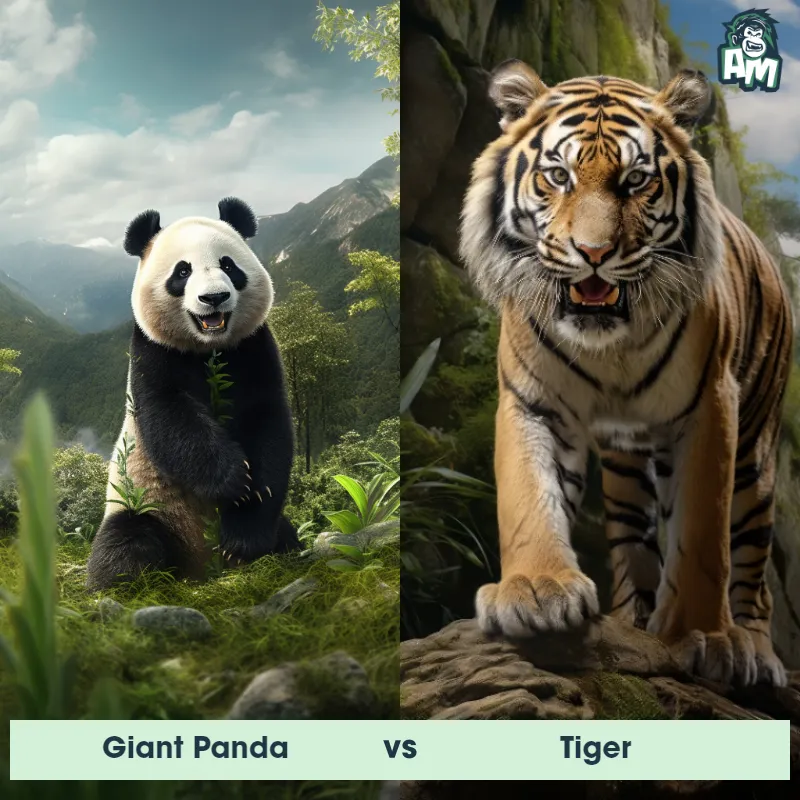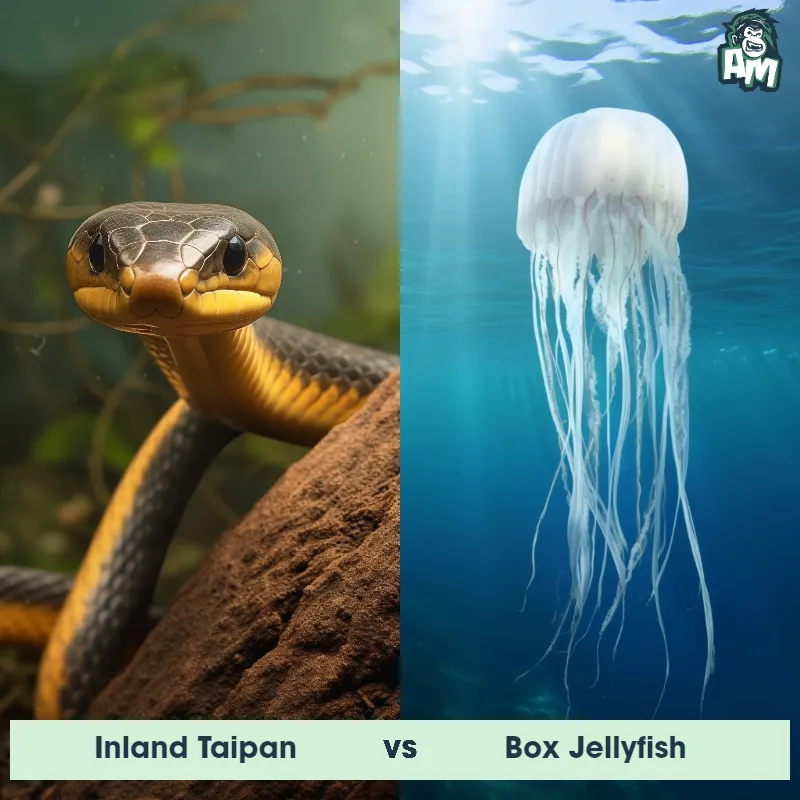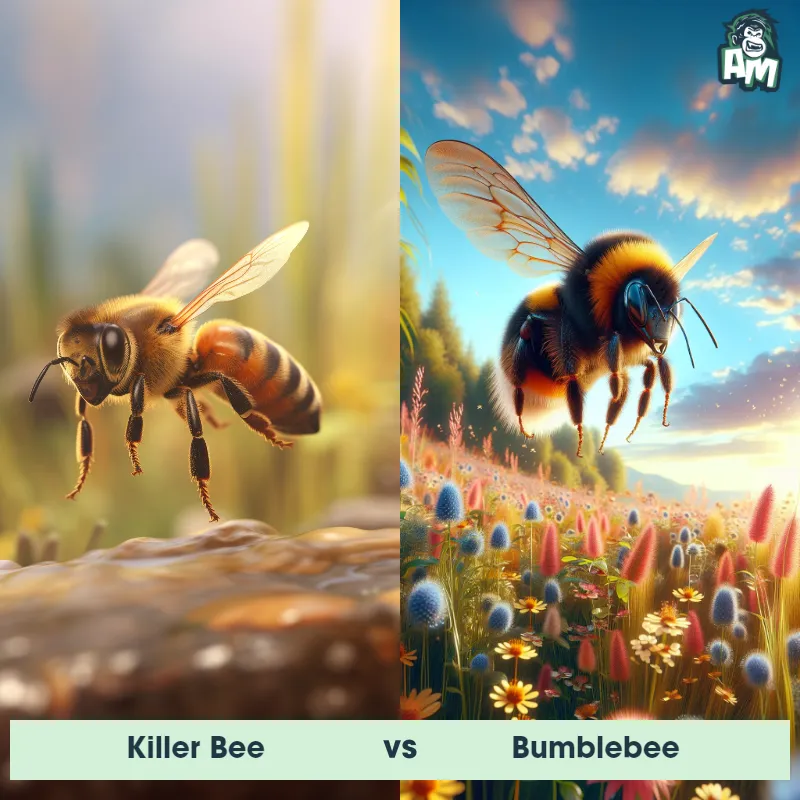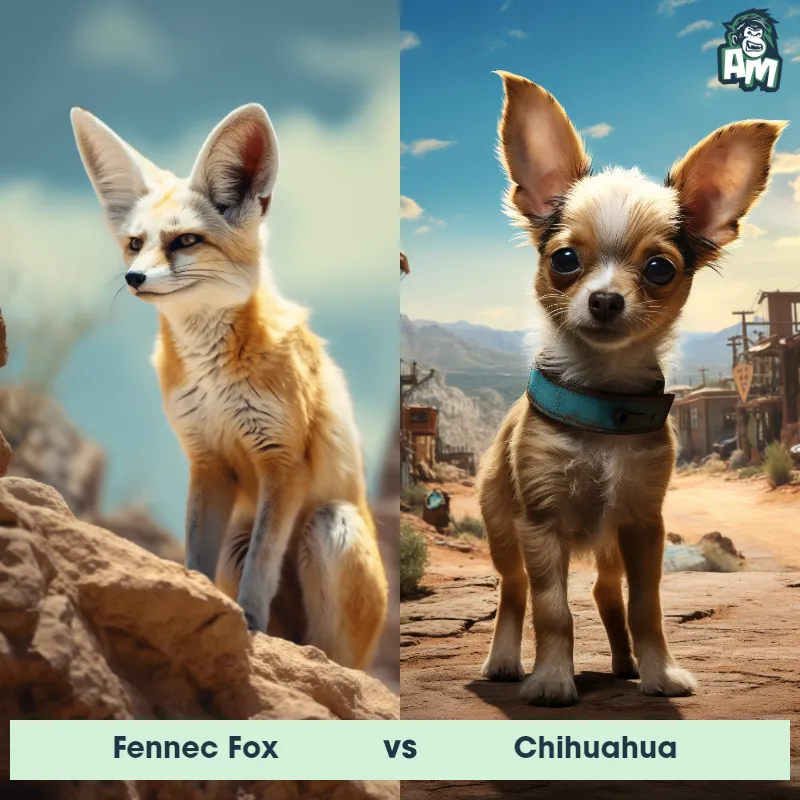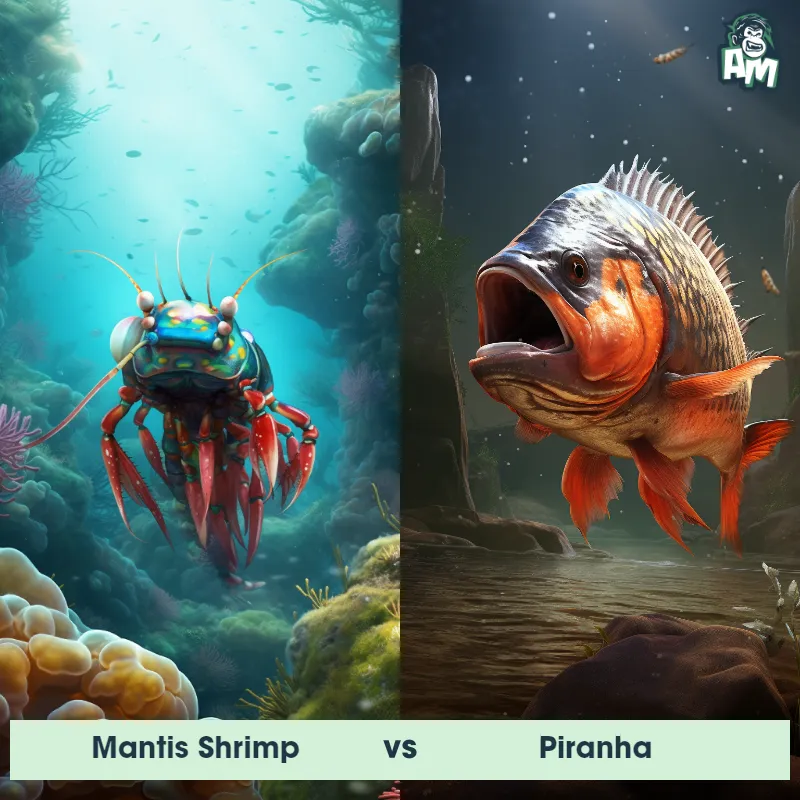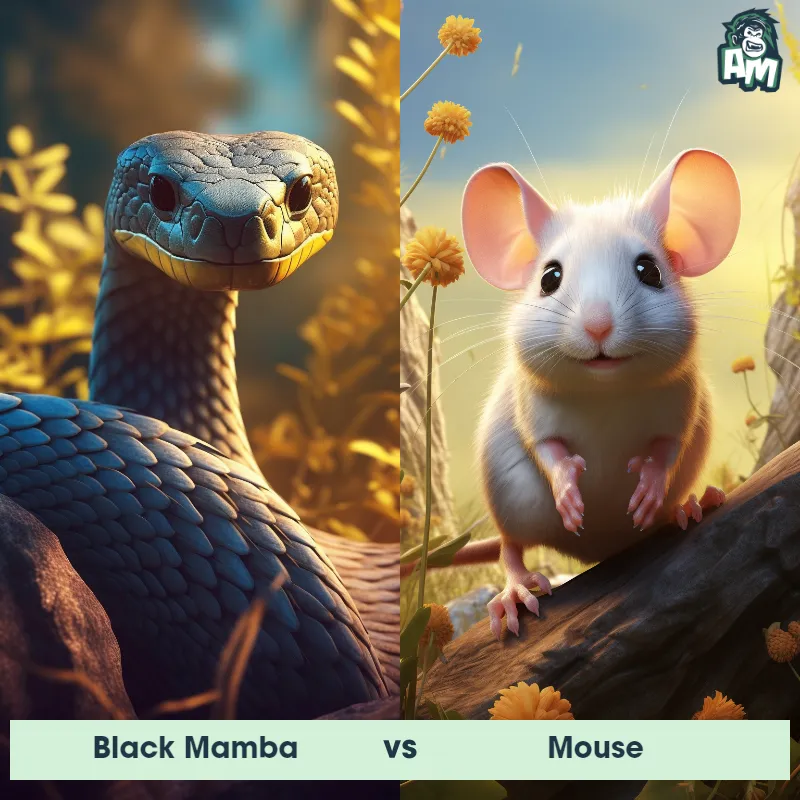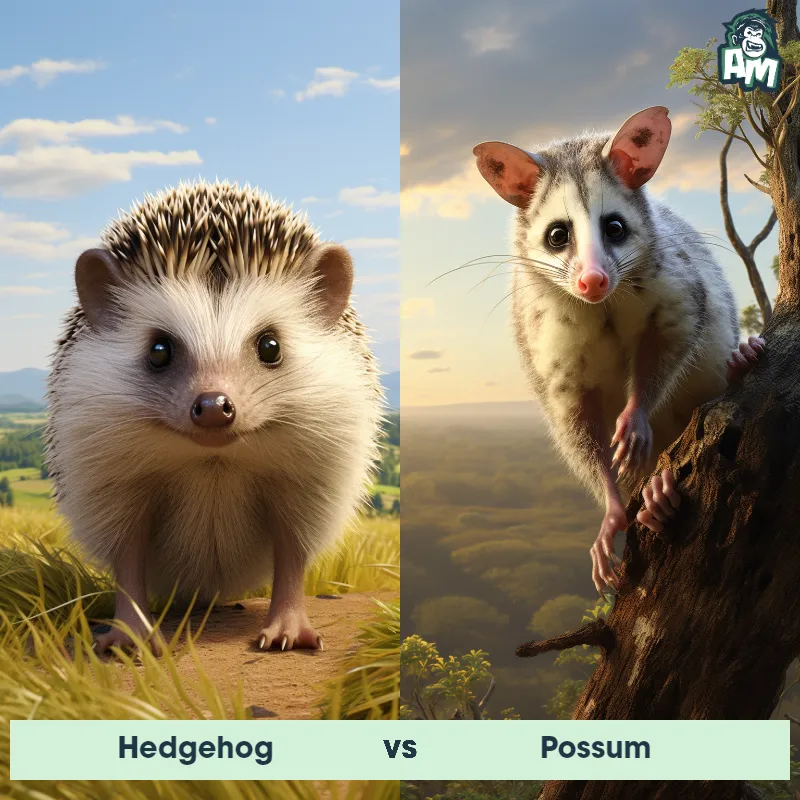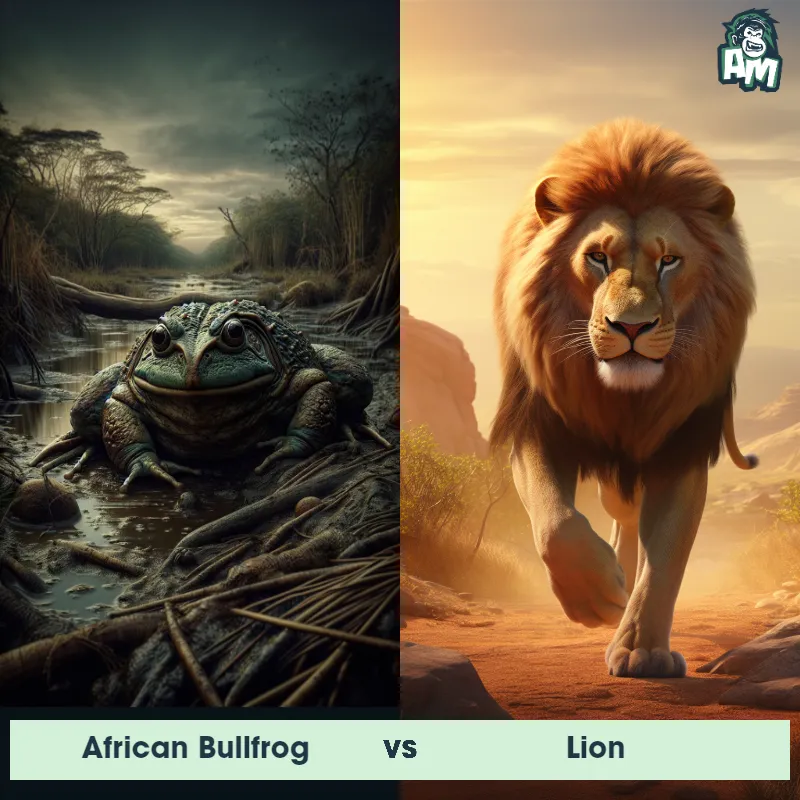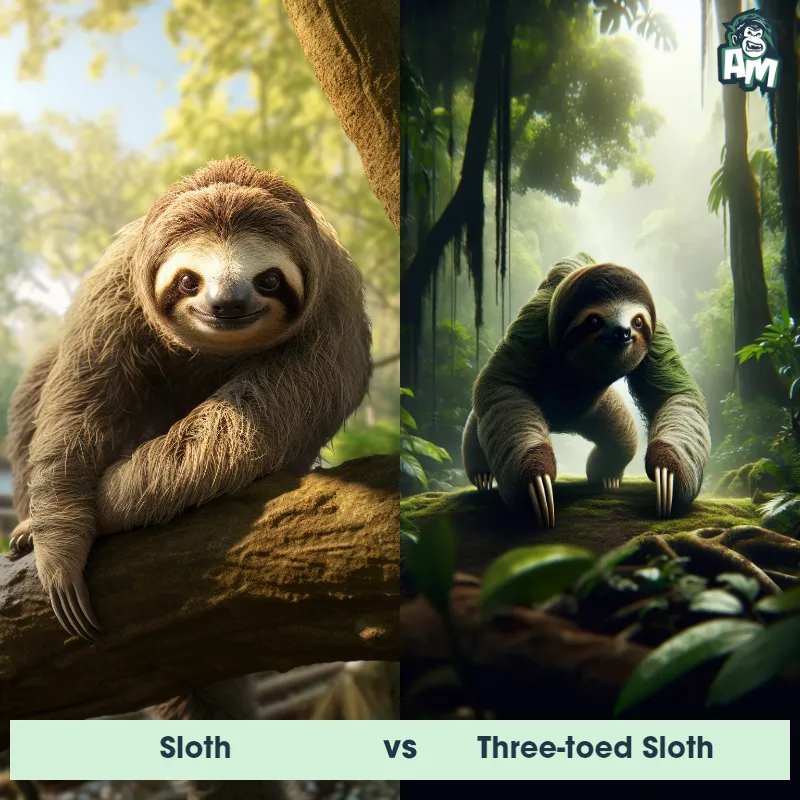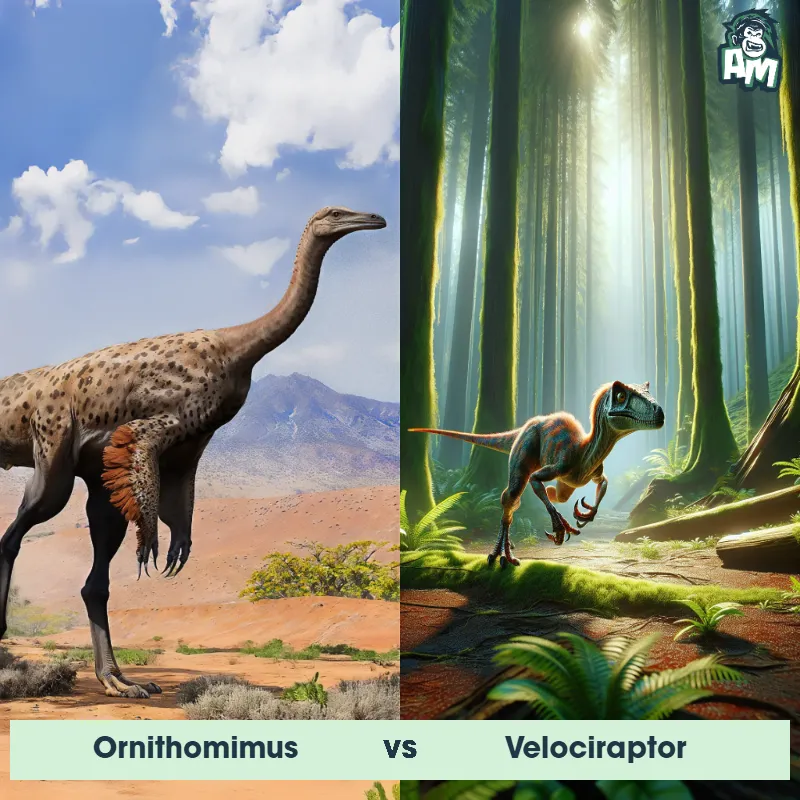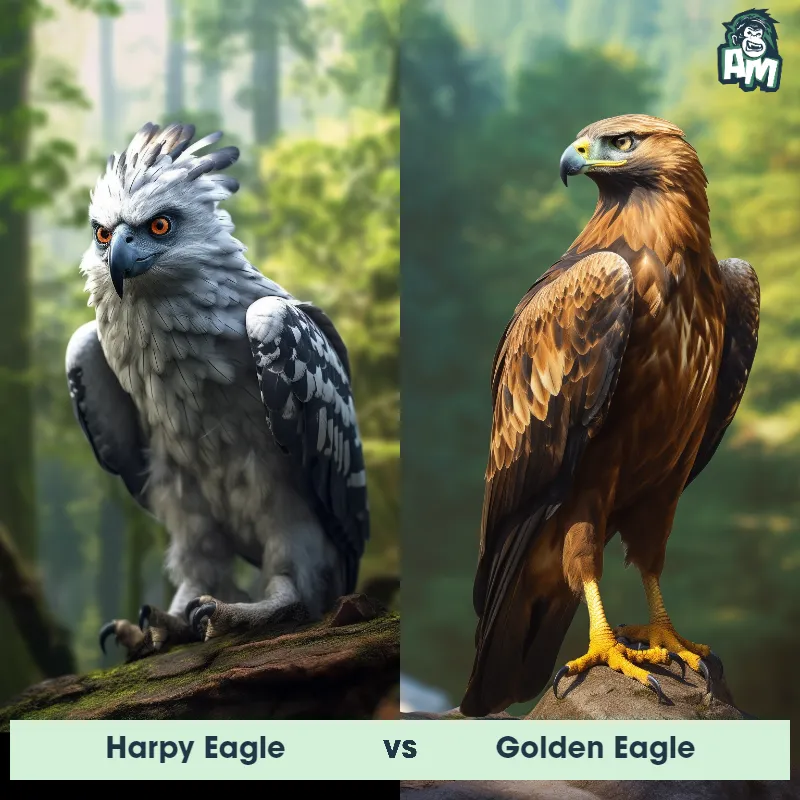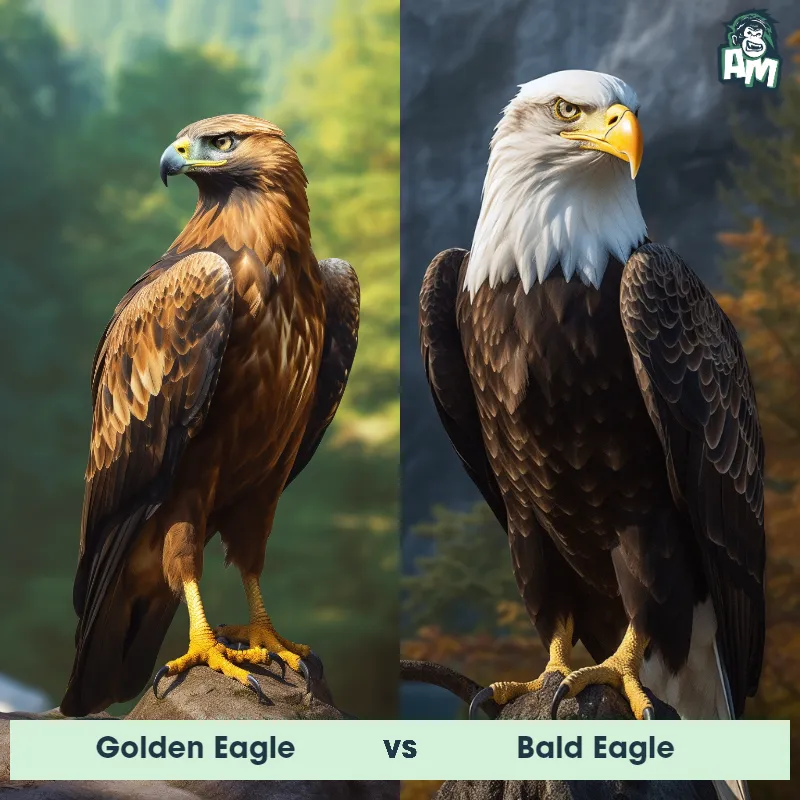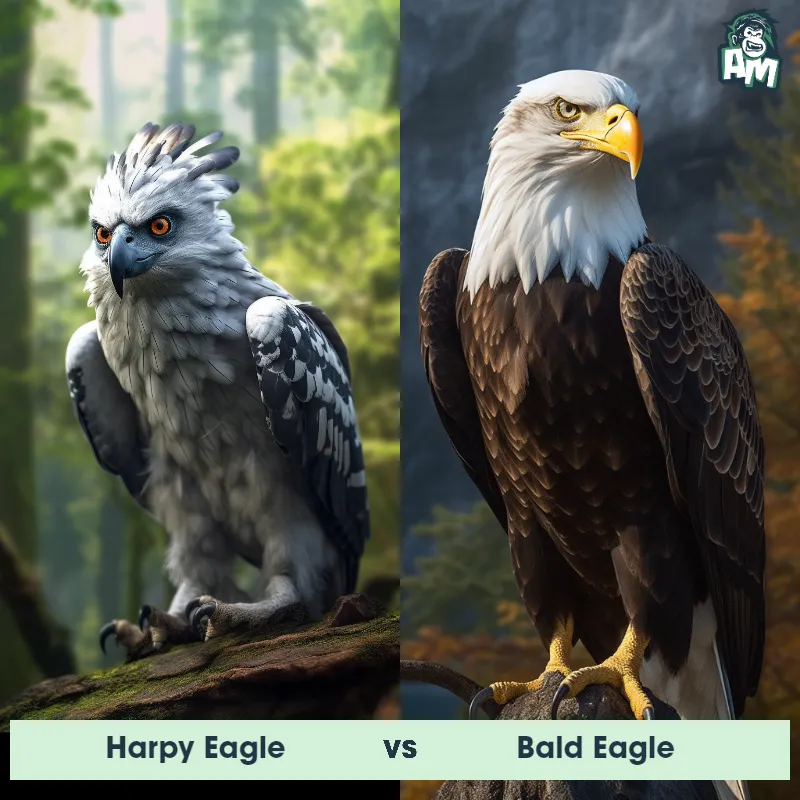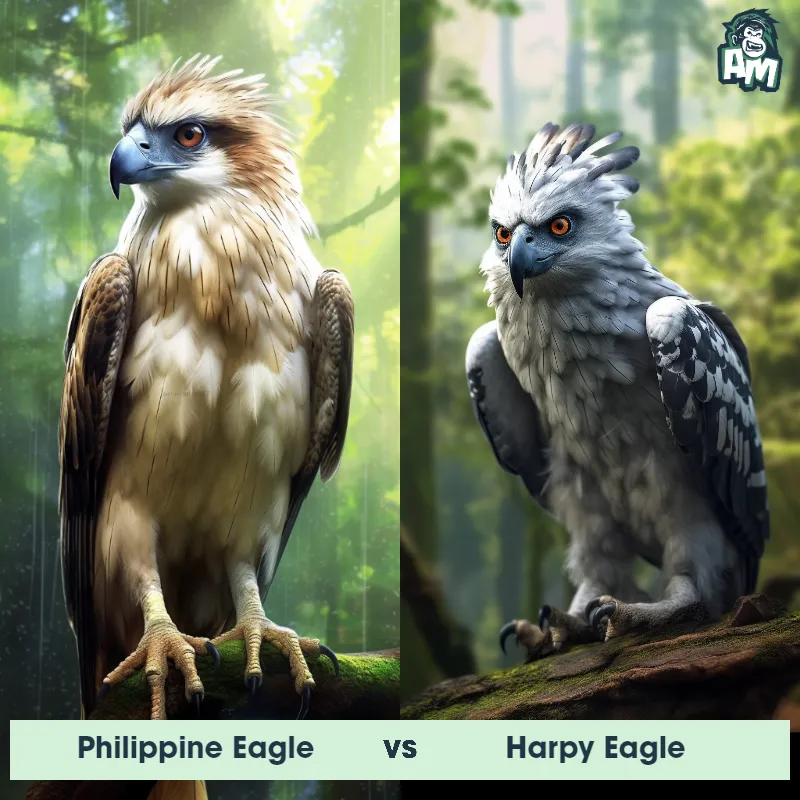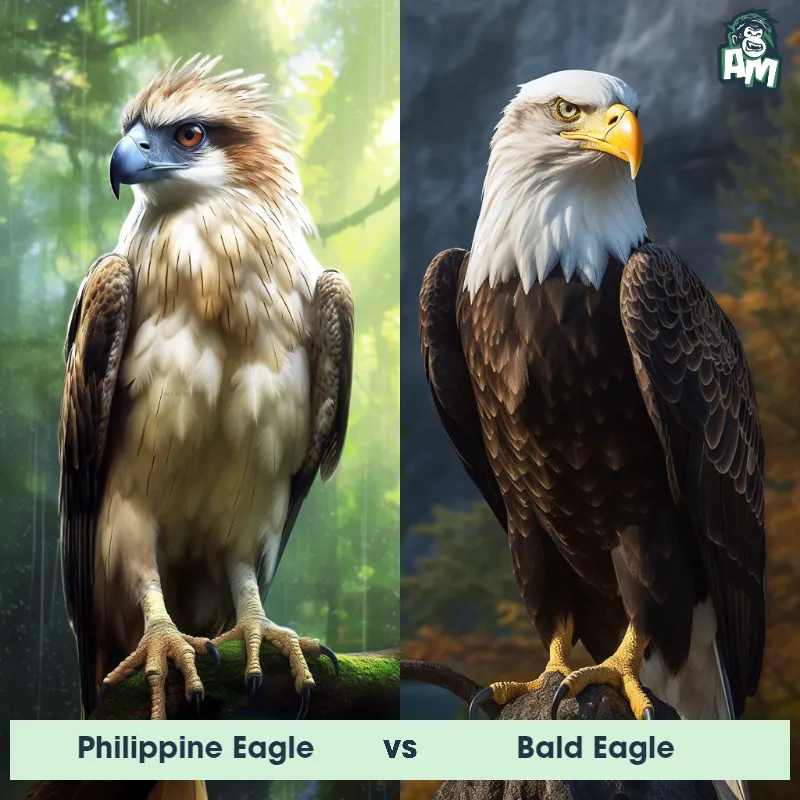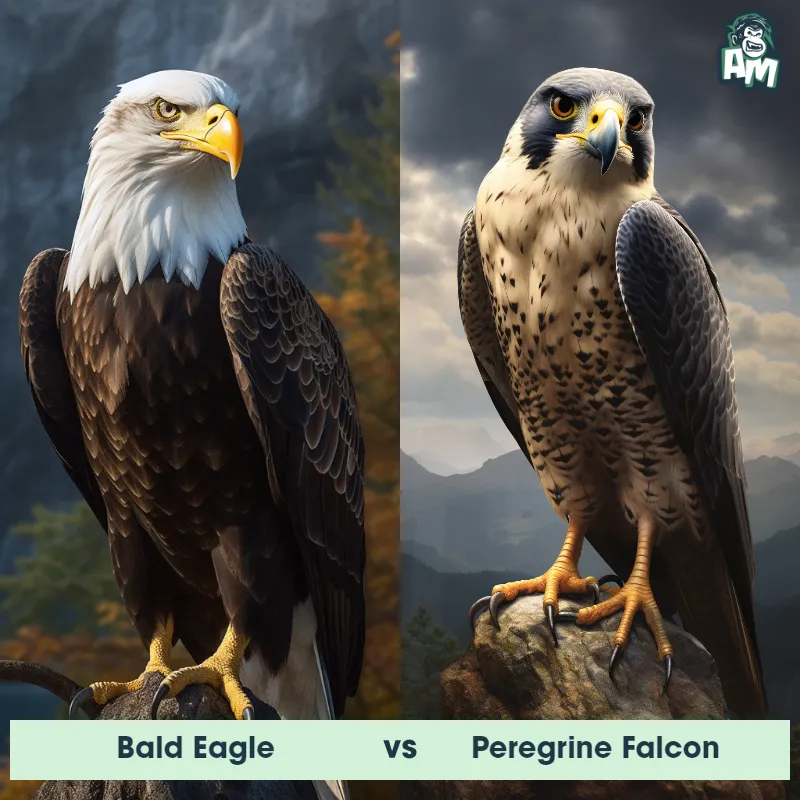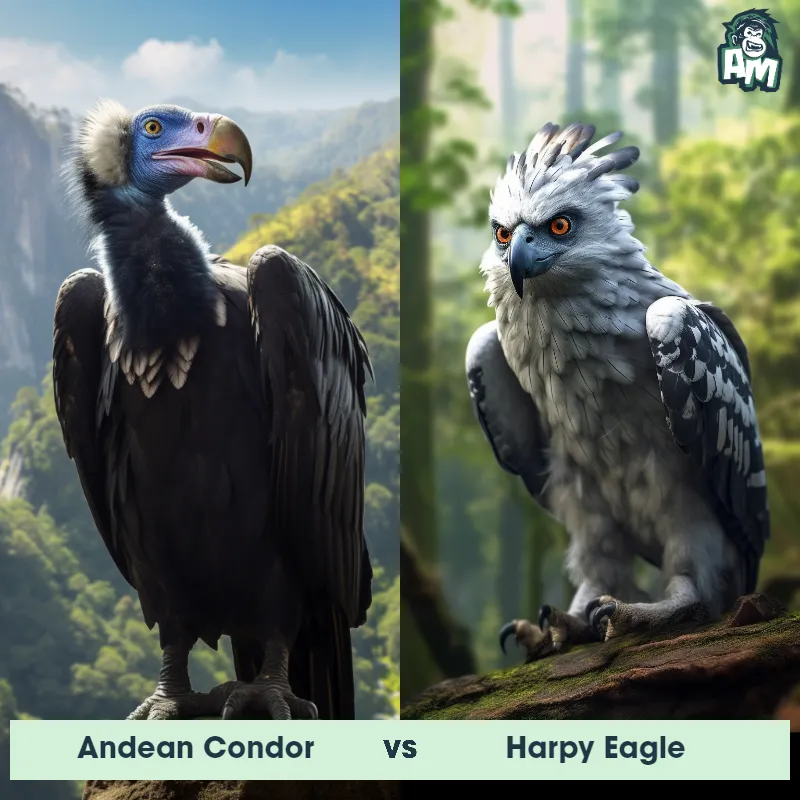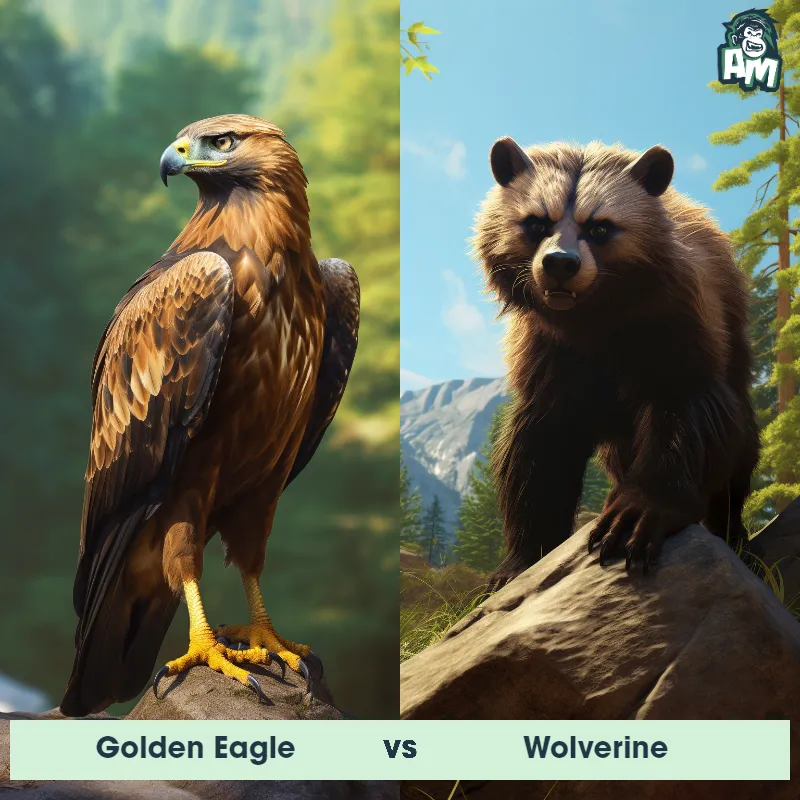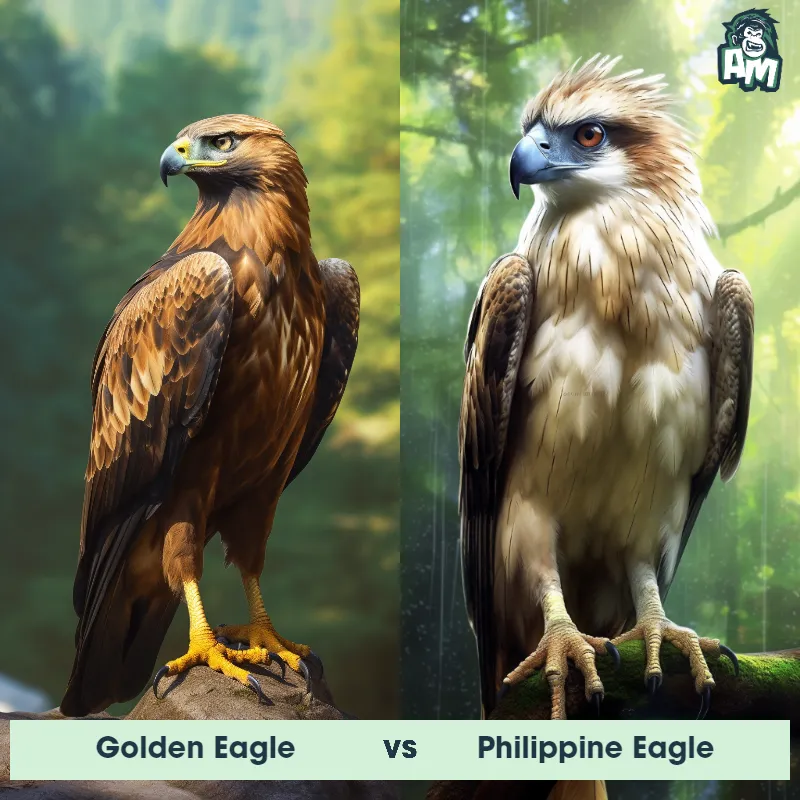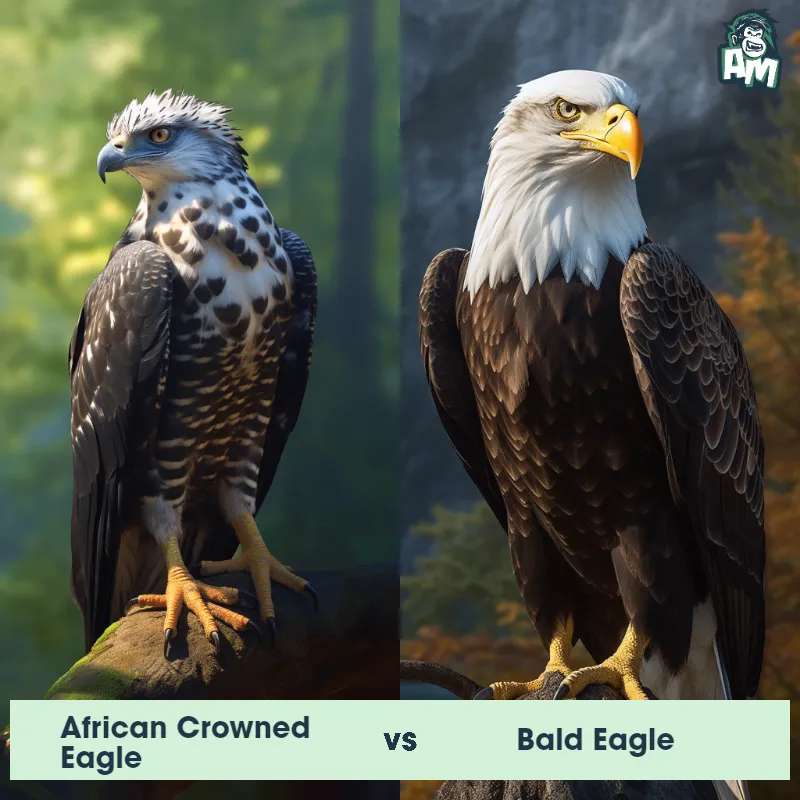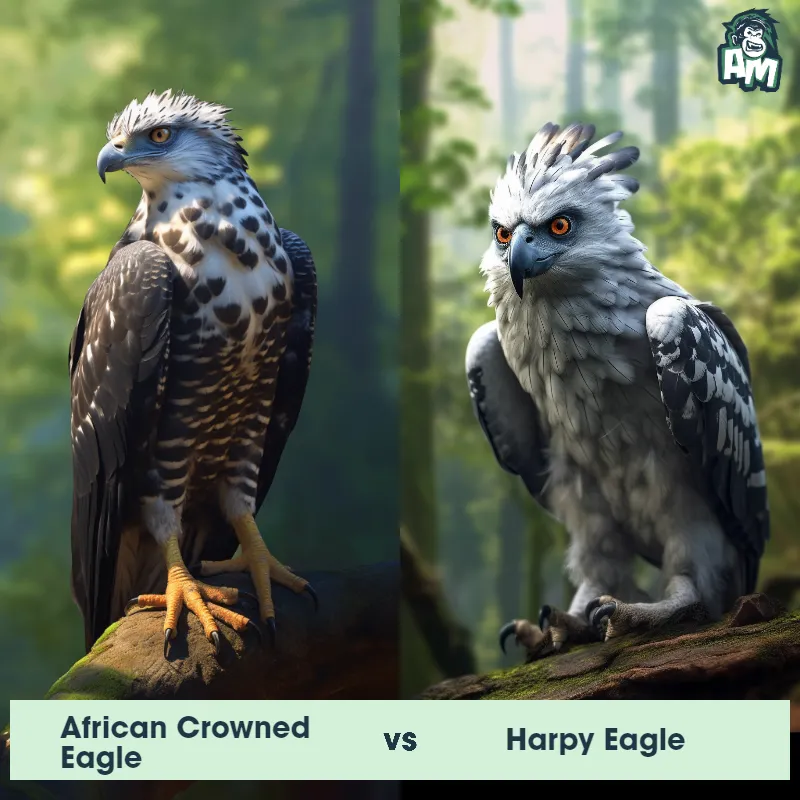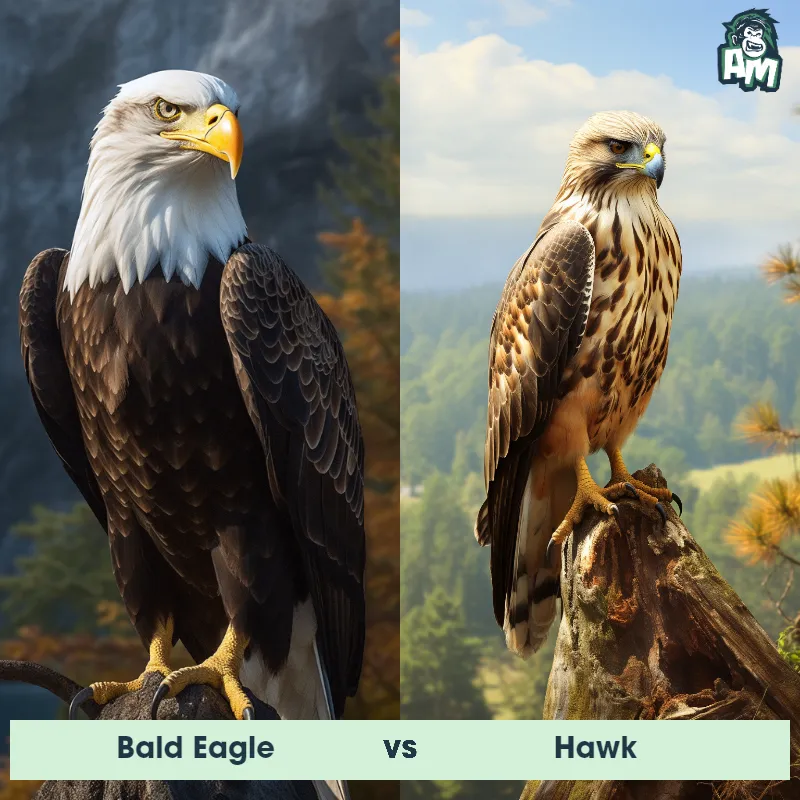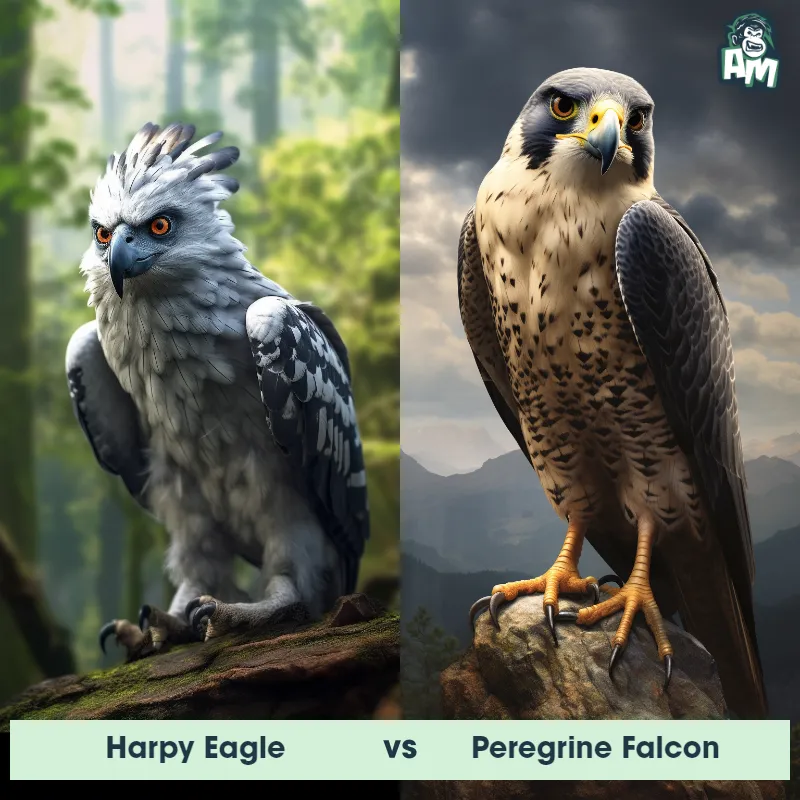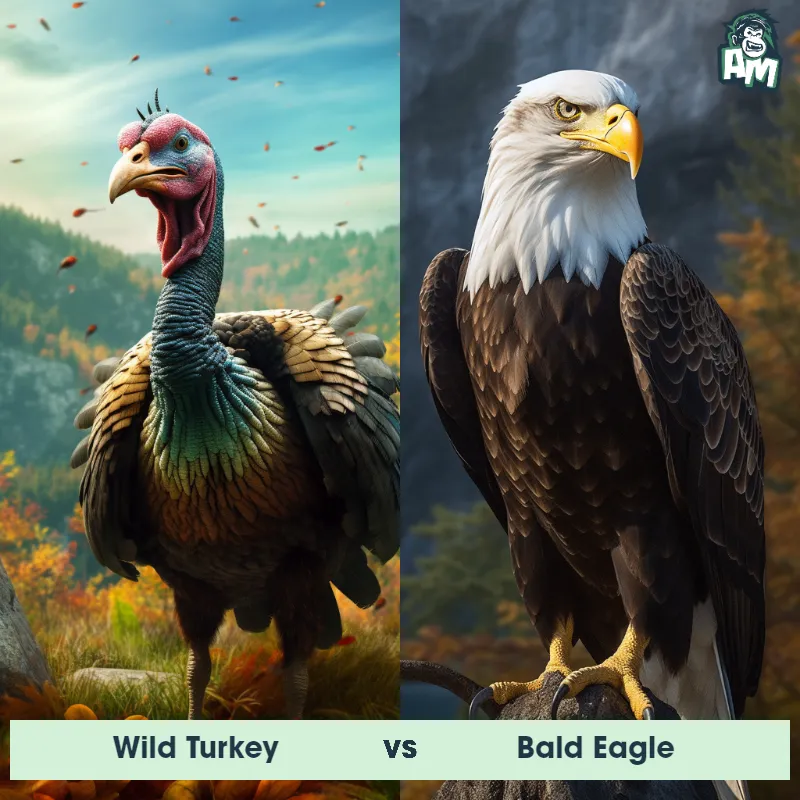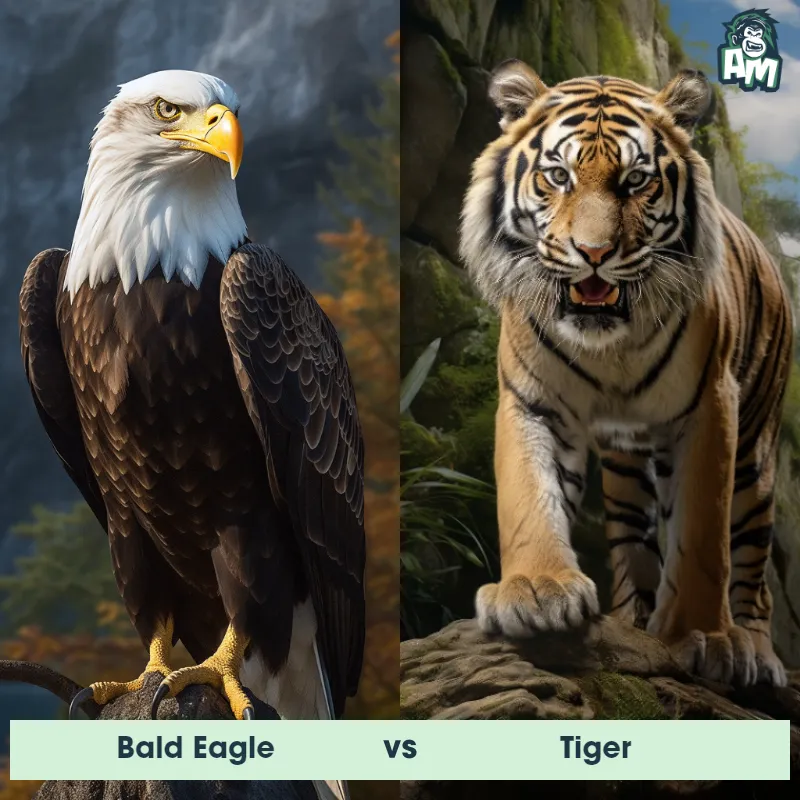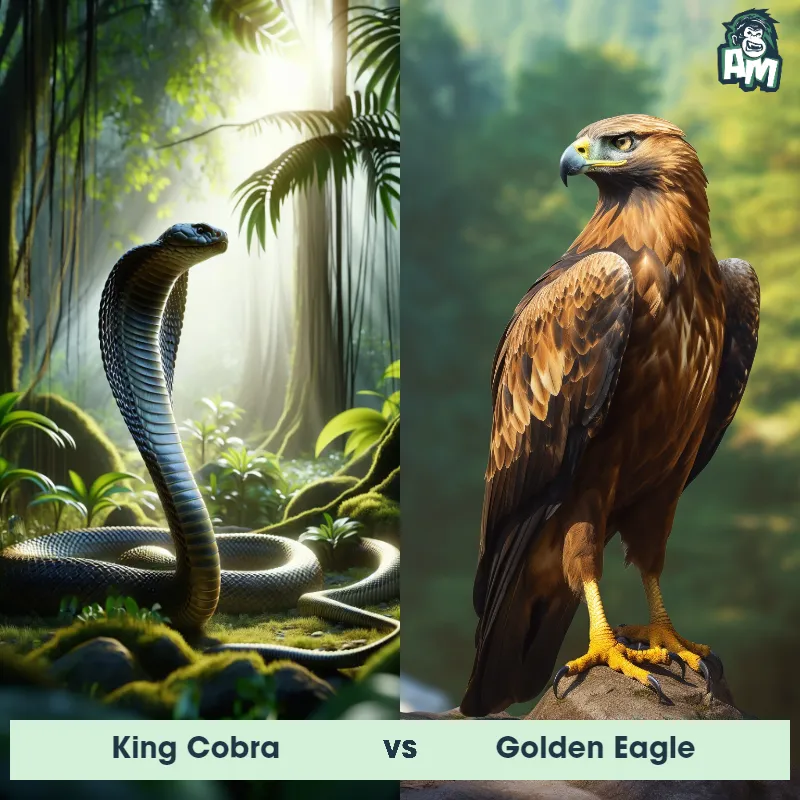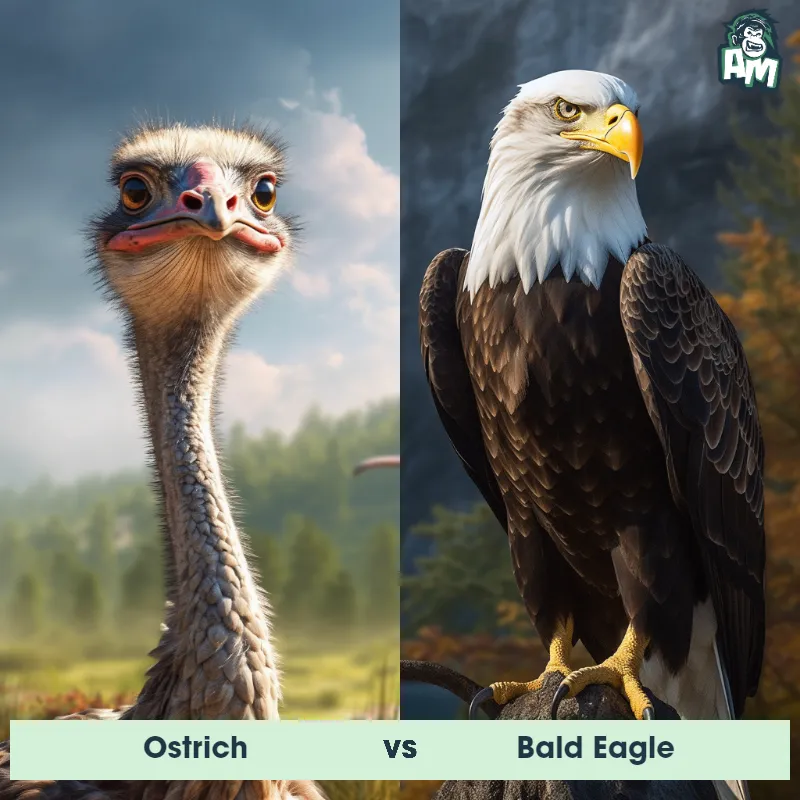Lappet-Faced Vulture vs Peregrine FalconSee Who Wins

Welcome to tonight's matchup between the Lappet-Faced Vulture and Peregrine Falcon. Both birds of prey are known for their speed and agility in the air, making this an exciting bout to watch. Let's see who will come out on top in this three-round fight.
Contender 1: Lappet-Faced Vulture
The Lappet-Faced Vulture, also known as the Nubian Vulture, is a large bird of prey found in Africa. It has a wingspan of up to 2.9 meters and can weigh up to 9 kilograms. Its most distinctive feature is the fleshy lappets on its neck, which help to regulate its body temperature. The Lappet-Faced Vulture is a scavenger and feeds on carrion, often competing with other vultures for food.
Fun Fact: The Lappet-Faced Vulture has a powerful beak that can tear through tough animal hides and tendons, making it an important scavenger in the African ecosystem.
Contender 2: Peregrine Falcon
The Peregrine Falcon is a raptor known for its speed and hunting prowess. It has a sleek body with long, pointed wings and a short tail, making it well-suited for high-speed pursuits. Its upper body is a bluish-gray, while its underparts are pale with darker spots, and it has a distinctive black "hood" and sideburns. Adult Peregrine Falcons have a body length of 34 to 58 cm and a wingspan from 74 to 120 cm. This bird is found all over the world, from the cold, harsh Arctic tundra to the warm desert regions.
Fun Fact: Peregrine Falcons are renowned for their incredible diving speed, which can exceed 240 miles per hour, making them the fastest animals in the world.
Matchup Stats
| Lappet-Faced Vulture | Peregrine Falcon | |
|---|---|---|
| Size | Up to 1.2 meters (4 feet) in length | 13.4 to 22.8 inches (34 to 58 cm) in length |
| Weight | Up to 9 kilograms (20 pounds) | 1.1 to 3.3 lbs (0.5 to 1.5 kg) |
| Speed | Speed: 50 mph (80.5 km/hr) | 240 mph (386 km/h) |
| Key Strength | Powerful beak for tearing through tough animal hides and tendons | Incredible speed and strong, sharp talons |
| Biggest Weakness | None specified | Less effective in close-quarters combat due to preference for high-speed pursuits |
Current Votes
Lappet-Faced Vulture vs Peregrine Falcon
See Who Wins
View More Matches
Looking For More?
Similar Matches
Scientific Stats
| Lappet-Faced Vulture | Peregrine Falcon | |
|---|---|---|
| Scientific Name | Torgos tracheliotos | Falco peregrinus |
| Family | Accipitridae | Falconidae |
| Habitat | Savannas and arid regions | Wide variety including coastlines, mountains, cliffs, cities |
| Geography | Africa | Worldwide, from Arctic tundra to desert regions |
| Diet | Carrion | Primarily birds, occasionally small mammals |
| Lifespan | 40 years - 45 years | 8 years - 15 years |
Key Differences between Lappet-Faced Vulture and Peregrine Falcon
- Color: The Lappet-Faced Vulture has a mostly black and white plumage, with a distinct pink head and neck, whereas the Peregrine Falcon has a bluish-gray back and wings, with a white underside and black bars.
- Facial features: The Lappet-Faced Vulture has a large, fleshy lappet of skin that hangs from its beak, giving it a unique appearance, while the Peregrine Falcon has a more streamlined profile with sharp, distinctive facial markings.
- Habitat: The Lappet-Faced Vulture is typically found in arid, desert regions of Africa, whereas the Peregrine Falcon is commonly found in a variety of habitats, from urban areas to mountains.
- Size: The Lappet-Faced Vulture is much larger than the Peregrine Falcon, with a wingspan that can reach up to 2.8 meters, while the falcon has a wingspan of around 1 meter.
- Conservation status: The Lappet-Faced Vulture is listed as "Vulnerable" on the IUCN Red List due to habitat loss and poisoning, while the Peregrine Falcon has made a remarkable recovery from near extinction in the 1970s, thanks to conservation efforts.
- Feeding behavior: The Lappet-Faced Vulture is primarily a scavenger, feeding on carrion and bone marrow, while the Peregrine Falcon is a formidable predator that hunts birds in mid-air, using its incredible speed and agility.



